Expansion of Food Service Sector
The expansion of the food service sector is a crucial driver influencing the PHO And Non-PHO Based Oils And Fats Market. As restaurants and food chains increasingly prioritize healthier menu options, the demand for non-PHO oils is on the rise. Market analysis indicates that the food service industry has seen a 30% increase in the use of non-PHO oils over the past year, as establishments seek to cater to health-conscious consumers. This trend is further fueled by the growing popularity of plant-based diets and the need for versatile cooking oils. Consequently, the PHO And Non-PHO Based Oils And Fats Market is experiencing a transformation, with food service providers playing a pivotal role in driving demand for healthier oil options.
Consumer Awareness of Health Impacts
The increasing consumer awareness regarding the health implications of dietary fats is a pivotal driver in the PHO And Non-PHO Based Oils And Fats Market. As individuals become more informed about the adverse effects of trans fats and saturated fats, there is a noticeable shift towards healthier alternatives. This trend is reflected in market data, indicating that the demand for non-PHO oils has surged by approximately 15% over the past year. Consumers are actively seeking oils that are low in trans fats, prompting manufacturers to innovate and reformulate their products. This heightened awareness not only influences purchasing decisions but also encourages brands to promote transparency in labeling, thereby fostering a competitive environment in the PHO And Non-PHO Based Oils And Fats Market.
Regulatory Support for Healthier Oils
Regulatory frameworks promoting the reduction of trans fats are driving change within the PHO And Non-PHO Based Oils And Fats Market. Governments are increasingly implementing policies that restrict the use of partially hydrogenated oils, thereby encouraging manufacturers to transition to healthier alternatives. For instance, recent regulations in several regions have mandated the labeling of trans fats, which has led to a marked decline in their usage. This regulatory support not only enhances public health but also stimulates market growth for non-PHO oils, as companies adapt to comply with these standards. Consequently, the PHO And Non-PHO Based Oils And Fats Market is witnessing a shift towards compliance-driven innovation and product development.
Rising Demand for Sustainable Products
The growing consumer preference for sustainable and environmentally friendly products is a significant driver in the PHO And Non-PHO Based Oils And Fats Market. As awareness of environmental issues increases, consumers are gravitating towards oils derived from sustainable sources, such as organic and non-GMO crops. This trend is supported by market data indicating that sales of sustainably sourced oils have increased by 25% in the last year. Manufacturers are responding by sourcing raw materials responsibly and adopting eco-friendly practices, which not only meet consumer expectations but also enhance brand loyalty. This shift towards sustainability is reshaping the competitive landscape of the PHO And Non-PHO Based Oils And Fats Market.
Innovation in Food Processing Technologies
Advancements in food processing technologies are significantly shaping the PHO And Non-PHO Based Oils And Fats Market. Innovations such as cold-press extraction and supercritical fluid extraction are enhancing the quality and nutritional profile of oils. These technologies allow for the production of oils that retain more nutrients and flavor, appealing to health-conscious consumers. Market data suggests that the adoption of these technologies has led to a 20% increase in the production of high-quality non-PHO oils. As manufacturers invest in research and development to improve processing methods, the overall market landscape is evolving, creating opportunities for new entrants and established players alike in the PHO And Non-PHO Based Oils And Fats Market.


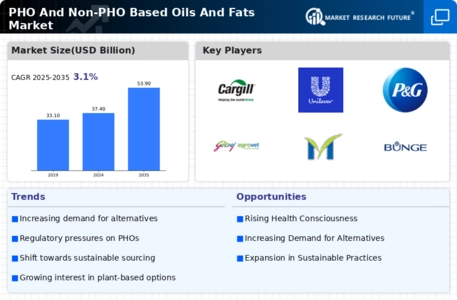


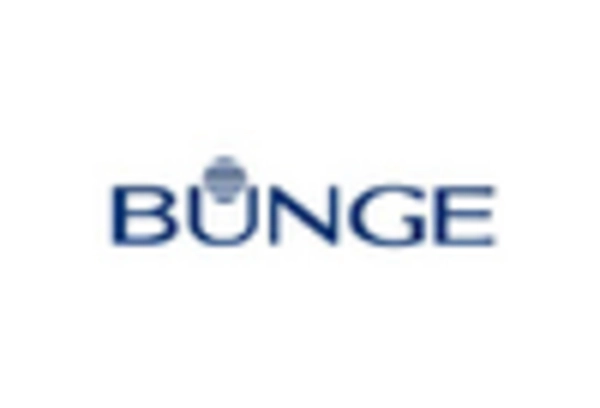

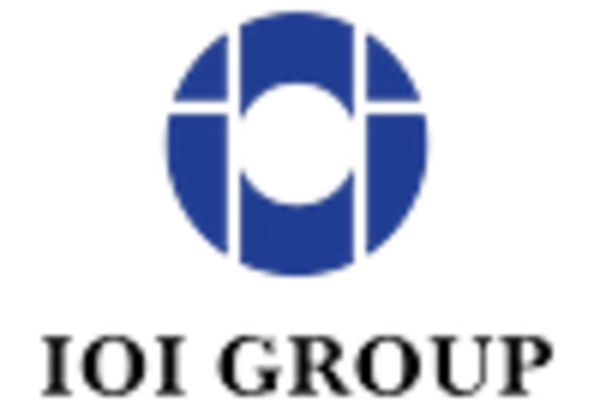

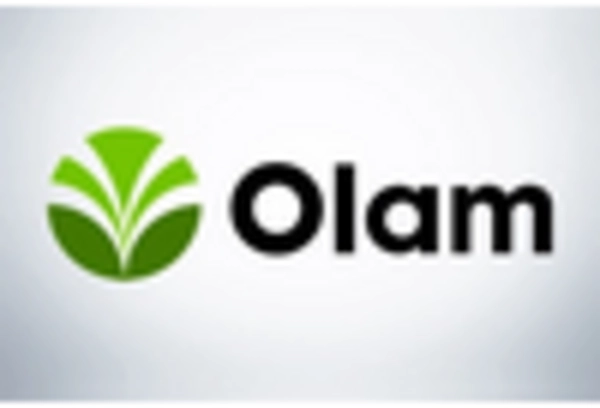

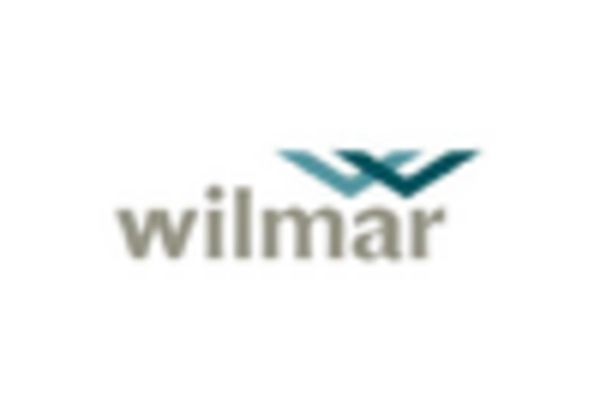








Leave a Comment